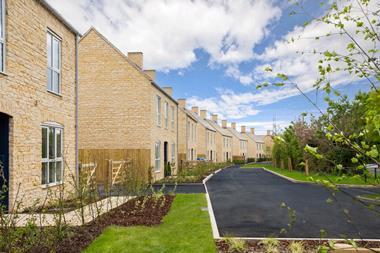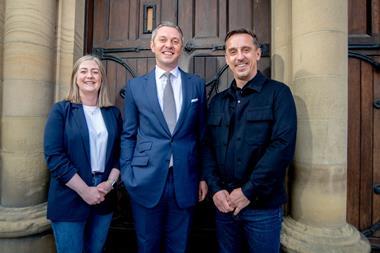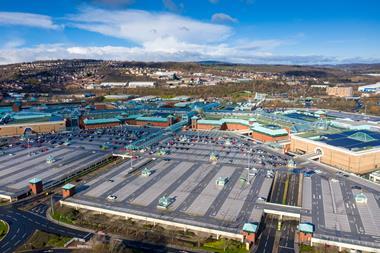Housing secretary Robert Jenrick tells parliament that building owners who fail to remove combustible cladding will be publicly named and shamed.

Following this decision, the government has published its responses to the Grenfell Tower Inquiry’s Phase 1 report.
Although the government and MHCLG have already taken steps to improve building safety measures, the response addresses all the recommendations in the Inquiry’s report set out by Sir Martin Moore-Bick.
The government urges owners of multi-occupied residential buildings to “assess the risk of external wall structures if they have not done so”. If they don’t, upcoming legislation will allow government to take action.
In the report, Moore-Bick clarifies that combustible cladding was a major contributor to the spread of the fire. MHCLG has made £600m available in funding for the removal of cladding, identifying over 400 high-rise buildings with unsafe cladding in need of remediation. It has also commissioned further research on alternatives to Aluminium Composite Cladding, which will be published “shortly”.
The response says that the Home Office’s upcoming Fire Safety Bill will “enable the government to lay regulations needed to deliver the legislative recommendations” from the report. This includes requiring building owners to share information on their external wall systems with their local fire services.
If building owners don’t set out a clear plan for remediation, MHCLG officials will work with local authorities to support enforcement options.
Other measures in the response include:
- The Home Office has commissioned an independent evidence assessment looking into evacuation and the advice to “stay put”. This will be published “shortly”, according to their response.
- MHCLG’s on-going work with the Association of Composite Door Manufacturers to raise standards of fire doors.
- There is a technical review into guidance for building regulations which is apparently “well underway”.
- It is lowering the height threshold for sprinkler requirements.
- The department is starting “immediate work” on establishing a new Building Safety Regulator.
Tom Roche, senior consultant for international codes and standards at FM Global, said: “It is encouraging to see that the government is moving ahead in considering the role of sprinklers in buildings.”
However, he added that “it is surprising that the government does not yet appear to be considering the risks inherent in the UK’s wider built environment. Fire events from the past year have demonstrated that issues with our regulations not only affect high-rise buildings, but also a vast swathe of buildings that have commercial or industrial pruposes, as well as residential buildings not currently defined as high-rise.”
Graham French, consultant at law firm Russell Cooke and representing some of those affected by the Grenfell fire, agrees with Roche. While recognising that the response “contains some welcome recommendations”, including measures for external wall systems and fire doors, he said that “some do not go far enough”.
”The proposal for a new Building Sagety Regulator, while a step in the right direction, lacks what should be a key component of a new and more effective safety regime, namely the involvement of tenants, leaseholders and other residents. The residents, bereaved families and survivors of the Grenfell tower fire have repeatedly called for more tenant and resident involvement in fire safety issues in the future,” said French.





























No comments yet